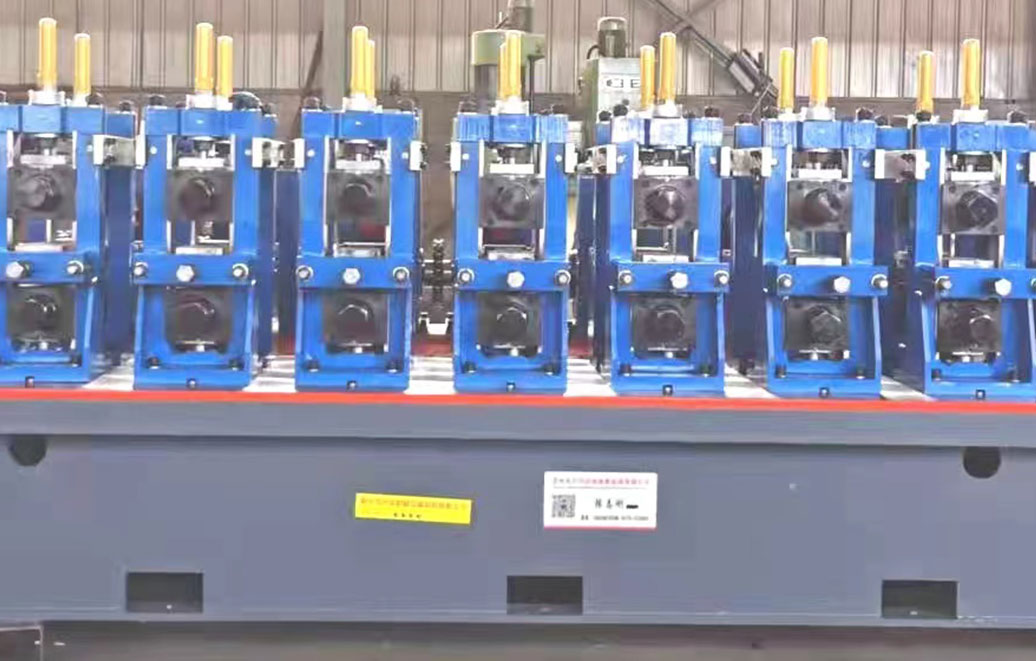shear brake and roll
Shear Brake and Roll Understanding the Process and Applications
Shear brake and roll are integral processes in metalworking that serve a variety of industries, from automotive to aerospace. As manufacturing technology advances, it is essential to understand the intricacies of these processes, their applications, and their significance in producing high-quality components.
Shearing Process
The first part of the shear brake and roll process is shearing, which involves cutting a material, usually metal, to a desired size or shape. This is achieved using a shear machine, a tool designed to apply a high force to a metal sheet, resulting in a straight cut. The shearing process is characterized by its precision and efficiency, allowing manufacturers to create parts with clean edges and minimal waste.
Shearing can be performed on a variety of materials, including steel, aluminum, and other alloys. The thickness and type of material dictate the type of shear machine to be used. For instance, hydraulic shear machines are often employed for thicker materials, while mechanical shear machines are more suited for relatively thinner metals.
One of the key advantages of the shearing process is its speed. It can produce large quantities of parts quickly without a substantial setup time. This efficiency is particularly beneficial in industries that demand high production rates, such as automotive manufacturing, where numerous identical components are required.
Brake Process
Following the shearing operation, the next stage in the shear brake and roll process is braking. The brake is used to bend or form the sheared metal into specific shapes as per design requirements. A brake press is commonly used for this purpose, which applies pressure to the metal sheet and forces it into a die that creates the desired bend or curve.
shear brake and roll

The brake process is crucial for creating components that require specific angles or shapes, such as brackets, panels, and enclosures. The flexibility of brake presses allows for a range of bending angles and shapes, making them essential for custom fittings and applications. Adjustments can be made to the machine settings to achieve varying degrees of bend, thereby accommodating different design specifications.
Moreover, precision is key in the braking process, as even the slightest error can lead to improper fitting in the final assembly. Manufacturers often employ advanced computer numerical control (CNC) technology to enhance the accuracy and repeatability of the brake process. This technology allows for complex bending patterns, ensuring that each piece meets tight tolerances.
Rolling Process
The final phase of the shear brake and roll process is the rolling operation, where the previously sheared and bent metal is further processed into curves or cylindrical shapes. Rolling is typically performed using a rolling machine, which applies pressure to the metal while passing it through a set of rollers. This operation allows for the creation of pipes, tubes, and various other cylindrical components.
Rolling can be done in several forms, including hot rolling and cold rolling. Hot rolling involves processing the metal at high temperatures, which reduces the amount of force needed to shape the material and can lead to a finer grain structure. In contrast, cold rolling is done at room temperature, providing tighter tolerances and a better surface finish.
The ability to produce cylindrical shapes through the rolling process expands the scope of applications for metals. Pipes and tubes manufactured using rolling processes are essential in construction, plumbing, and manufacturing industries. Additionally, rolled metals can be used to create structural components for vehicles and machinery.
Conclusion
The shear brake and roll processes are vital in modern manufacturing, allowing for the efficient production of high-quality metal components. Each step—shearing, braking, and rolling—plays a crucial role in the creation of components that meet the diverse needs of various industries. As technology continues to evolve, these processes are likely to become even more efficient and precise, driving innovation and capabilities in metalworking. Understanding these processes not only highlights their importance in manufacturing but also emphasizes the skill and engineering that go into producing even the simplest metal parts.
-
High Frequency Straight Seam Welded Pipe Production Line-BzZhou Xinghua Machinery Equipment Manufacturing Co., LTD.|Precision Welding, High EfficiencyNewsJul.30,2025
-
High Frequency Straight Seam Welded Pipe Production Line|BzZhou Xinghua|Precision Welding&EfficiencyNewsJul.30,2025
-
High Frequency Straight Seam Welded Pipe Production Line - BzZhou Xinghua|Precision Engineering&EfficiencyNewsJul.30,2025
-
High-Frequency Straight Seam Welded Pipe Production Line-BzZhou Xinghua Machinery Equipment Manufacturing Co., LTD.NewsJul.30,2025
-
High-Frequency Straight Seam Welded Pipe Production Line-BzZhou Xinghua Machinery Equipment Manufacturing Co., LTD.|Precision Manufacturing, High EfficiencyNewsJul.30,2025
-
High Frequency Straight Seam Welded Pipe Production Line-BzZhou Xinghua Machinery Equipment Manufacturing Co., LTD.|Precision Steel Pipe Manufacturing&Industrial EfficiencyNewsJul.29,2025


